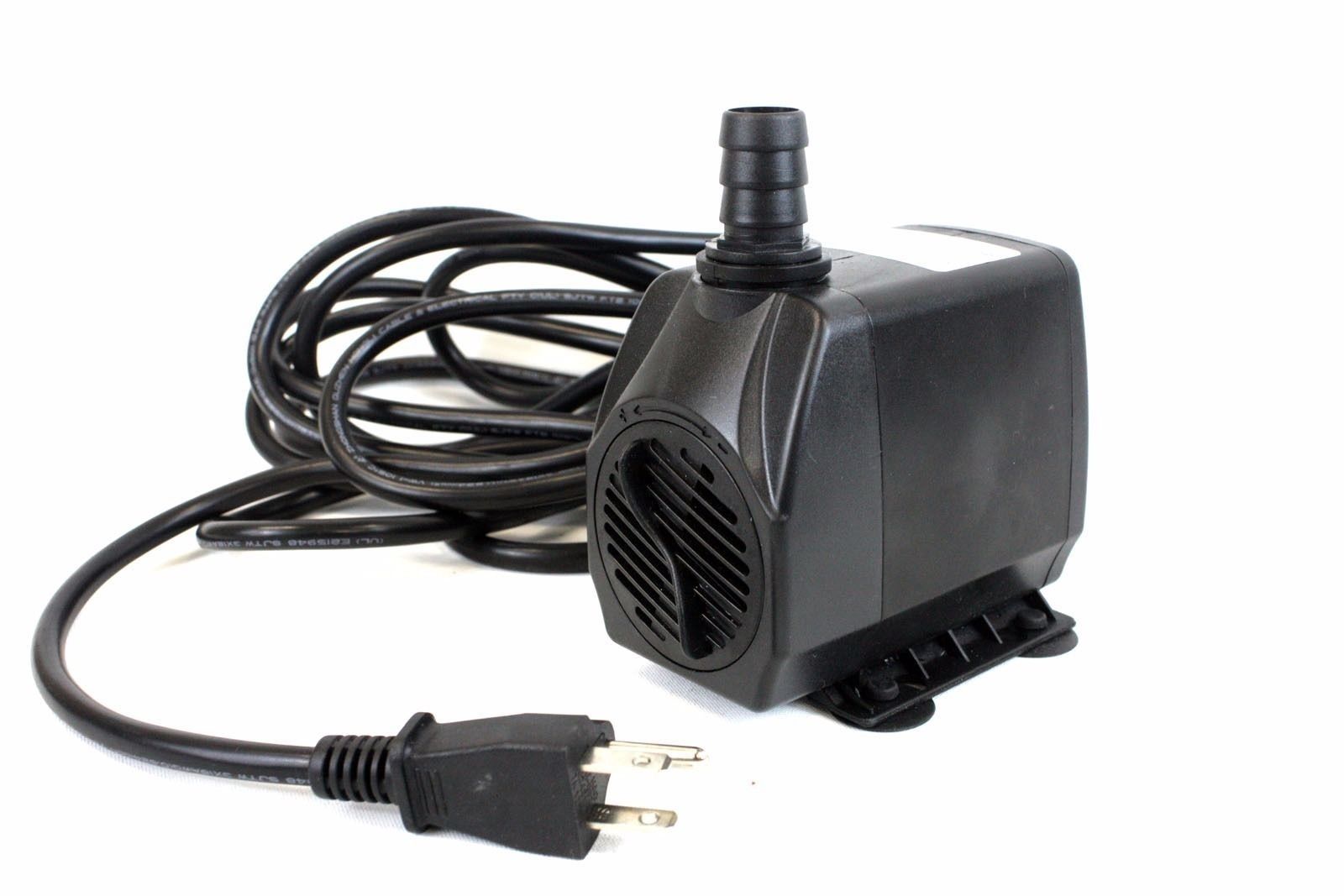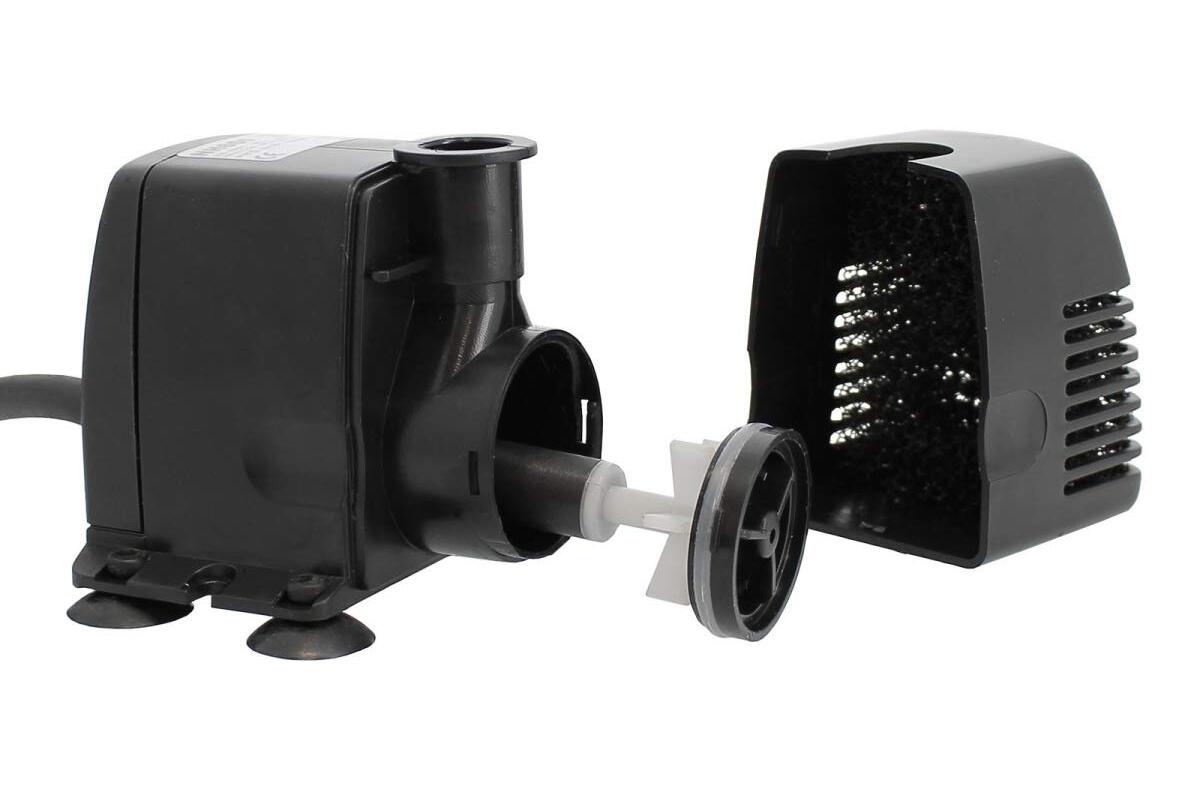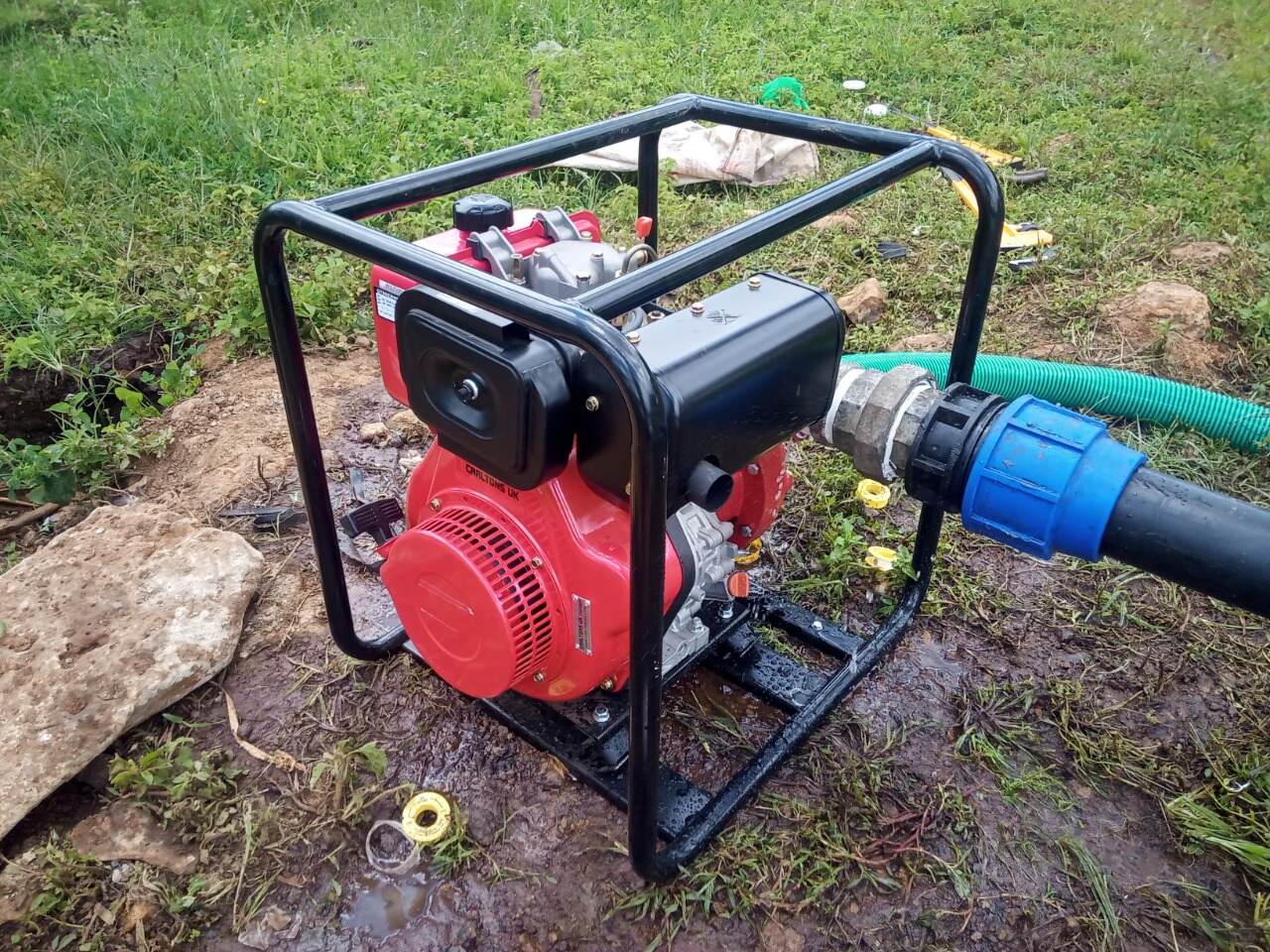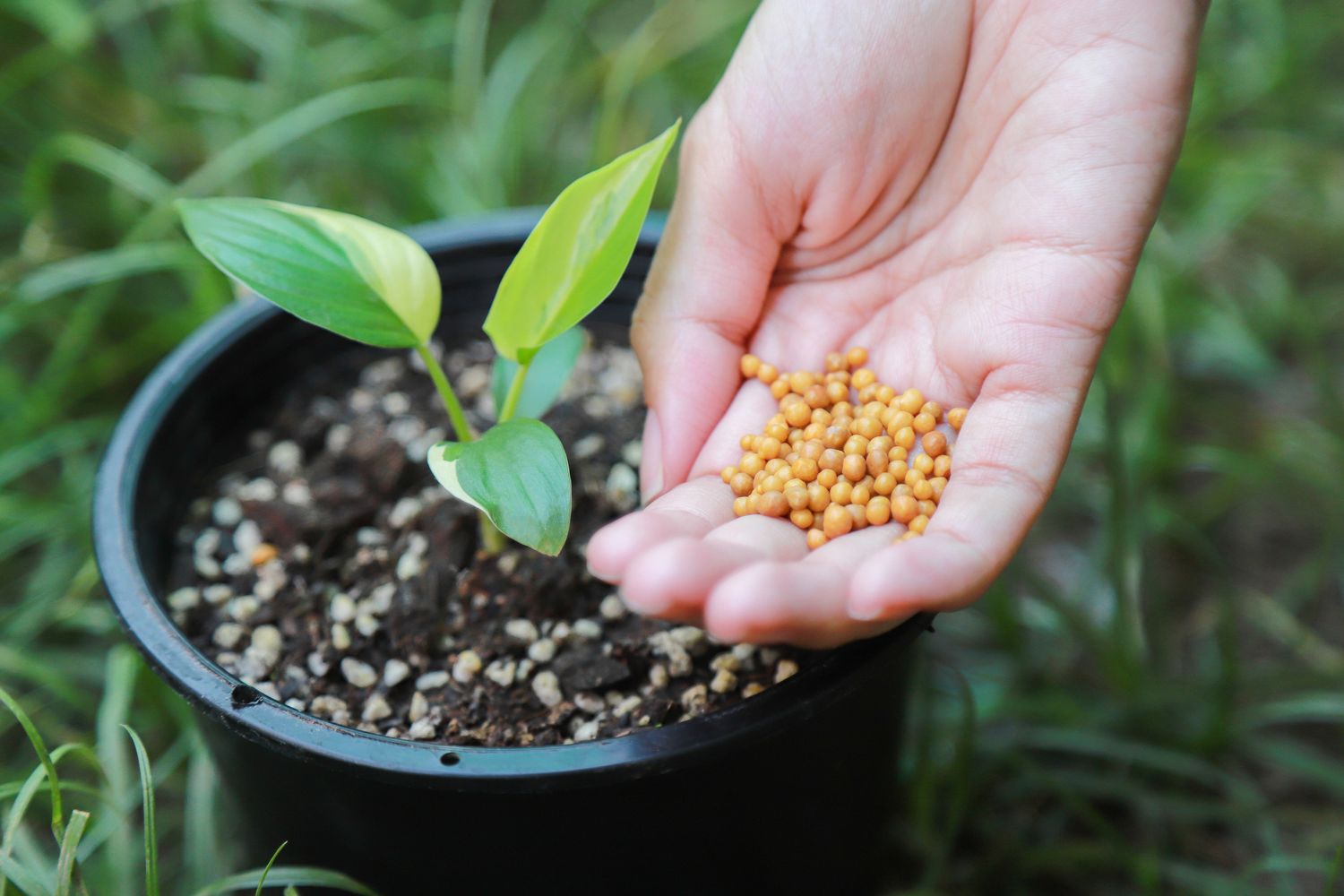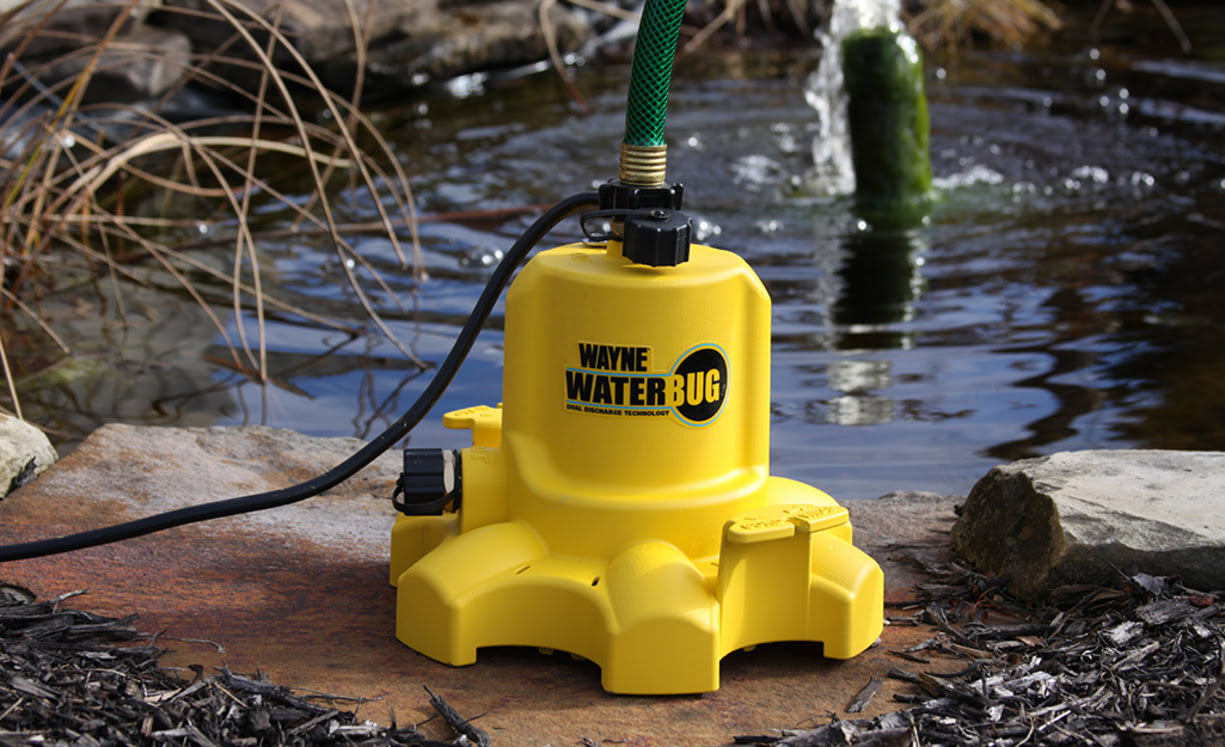Home>Gardening Tips and Tricks>Eco-Friendly Gardening>What Type Of Water Pump To Use For Aeroponics


Eco-Friendly Gardening
What Type Of Water Pump To Use For Aeroponics
Modified: January 22, 2024
Discover the best eco-friendly water pump options for aeroponic gardening. Learn how to choose the right pump for your sustainable gardening needs.
(Many of the links in this article redirect to a specific reviewed product. Your purchase of these products through affiliate links helps to generate commission for Chicagolandgardening.com, at no extra cost. Learn more)
Table of Contents
Introduction
Welcome to the world of eco-friendly gardening, where innovation and sustainability converge to redefine the way we cultivate plants. In this article, we will delve into the fascinating realm of aeroponics, a cutting-edge cultivation method that harnesses the power of air and water to nurture plant growth. At the heart of aeroponics lies the efficient and precise delivery of nutrient-rich water to the plant roots, a task facilitated by the strategic use of water pumps.
As we embark on this exploration, we will uncover the benefits of aeroponics and unravel the diverse types of water pumps designed to optimize this revolutionary growing technique. From the pulsating hum of submersible pumps to the silent efficiency of diaphragm pumps, each variant plays a pivotal role in sustaining the delicate balance of moisture and nutrients essential for the flourishing of plants in an aeroponic system.
Join us as we navigate the intricate world of water pumps for aeroponics, unraveling the factors that influence the selection of the most suitable pump for your gardening endeavors. Whether you are a seasoned horticulturist or an enthusiastic beginner, this guide will equip you with the knowledge to make informed decisions and propel your aeroponic gardening journey to new heights.
Benefits of Aeroponics
Aeroponics, a revolutionary method of soilless cultivation, offers a myriad of benefits that elevate it above traditional gardening practices. By suspending plant roots in a nutrient-rich mist, aeroponics fosters accelerated growth, enhanced nutrient uptake, and efficient use of resources. Let’s explore the remarkable advantages of aeroponic gardening:
- Rapid Plant Growth: In aeroponic systems, plant roots are suspended in a moist environment, allowing for optimal nutrient absorption and oxygenation. This conducive setting promotes rapid growth, enabling plants to reach maturity at an accelerated pace compared to traditional soil-based cultivation.
- Conservation of Water: Aeroponics conserves water by utilizing a closed-loop system that recirculates the nutrient solution. This efficient method drastically reduces water consumption, making it an environmentally sustainable choice for gardening, particularly in regions prone to water scarcity.
- Enhanced Nutrient Uptake: The precise delivery of nutrients in aeroponics ensures that plants receive an optimal balance of essential elements. By directly targeting the root zone with a nutrient mist, plants can efficiently absorb the necessary compounds, leading to healthier and more robust growth.
- Space-Efficient Cultivation: Aeroponic systems are well-suited for urban and indoor gardening, as they require minimal space compared to traditional soil-based methods. This compact design allows for vertical farming and maximizes the utilization of available space, making it an ideal solution for urban agriculture and home gardening.
- Pest and Disease Management: The absence of soil in aeroponic systems minimizes the risk of soil-borne pests and diseases, offering a cleaner and more controlled environment for plant cultivation. This reduction in pest pressure contributes to healthier plants and reduces the need for chemical interventions, aligning with eco-friendly gardening practices.
Embracing aeroponics empowers gardeners to cultivate a diverse range of plants with efficiency, sustainability, and precision. From optimizing resource utilization to fostering accelerated growth, the benefits of aeroponic gardening resonate with the ethos of eco-friendly and innovative horticulture.
Types of Water Pumps for Aeroponics
Water pumps are the unsung heroes of aeroponic gardening, delivering a vital lifeline of nutrient-infused water to plant roots with precision and efficiency. Various types of water pumps cater to the diverse needs of aeroponic systems, each offering unique features and performance capabilities. Let’s explore the primary types of water pumps commonly employed in aeroponic setups:
- Submersible Pumps: Submersible pumps are submerged directly in the nutrient reservoir, where they efficiently draw in the nutrient solution and propel it through the system’s delivery lines. These pumps are known for their quiet operation and reliability, making them a popular choice for aeroponic applications. Their submersion design also contributes to maintaining a clean and organized gardening environment.
- Diaphragm Pumps: Diaphragm pumps utilize a series of flexible diaphragms to create pulsating pressure that propels the nutrient solution through the system. These pumps offer precise control over the misting process, ensuring that the nutrient solution is dispersed in a fine mist, optimizing nutrient uptake by the plant roots. Diaphragm pumps are valued for their consistent performance and ability to deliver a uniform mist to nurture plant growth.
- Ultrasonic Foggers: Ultrasonic foggers employ high-frequency vibrations to transform the nutrient solution into a fine mist, which is then delivered to the plant roots. These compact and energy-efficient devices excel in producing a micron-sized mist that facilitates efficient nutrient absorption. Ultrasonic foggers are favored for their ability to create a gentle and uniform mist, contributing to the overall health and vitality of plants in the aeroponic system.
- Air Injection Pumps: Air injection pumps utilize compressed air to propel the nutrient solution through the system, creating a mist that envelops the plant roots. These pumps are valued for their ability to oxygenate the nutrient solution, promoting a healthy root environment while facilitating the delivery of essential nutrients. The incorporation of oxygen into the mist contributes to robust plant growth and vitality.
Each type of water pump brings a unique set of advantages to the realm of aeroponic gardening, catering to specific cultivation requirements and operational preferences. By understanding the distinctive characteristics of these pumps, gardeners can make informed decisions to optimize the performance and sustainability of their aeroponic systems.
Factors to Consider When Choosing a Water Pump
When selecting a water pump for an aeroponic system, several critical factors come into play to ensure optimal performance, efficiency, and long-term sustainability. By carefully evaluating these factors, gardeners can make informed decisions that align with the specific requirements of their aeroponic setup. Let’s explore the key considerations that influence the choice of a water pump for aeroponics:
- Flow Rate and Misting Capability: One of the fundamental considerations is the pump’s flow rate, which determines the volume of nutrient solution delivered to the plant roots. Additionally, assessing the pump’s misting capability is crucial, as it directly influences the uniformity and fineness of the mist, impacting nutrient absorption and plant growth. Understanding the flow dynamics and misting performance is essential for optimizing nutrient delivery in the aeroponic system.
- Energy Efficiency: Opting for an energy-efficient water pump not only reduces operational costs but also aligns with sustainable gardening practices. By selecting a pump with a favorable energy consumption profile, gardeners can minimize their environmental footprint while promoting efficient resource utilization in the aeroponic setup.
- Noise Levels and Operational Stability: The noise levels and operational stability of the water pump are significant considerations, especially in indoor or urban gardening environments. Choosing a pump with low noise emissions ensures a harmonious and tranquil gardening space, while prioritizing operational stability contributes to consistent nutrient delivery and plant care.
- System Compatibility and Adaptability: Assessing the compatibility of the water pump with the specific requirements of the aeroponic system is essential. Factors such as pump size, mounting options, and adaptability to varying system configurations play a pivotal role in ensuring seamless integration and optimal performance within the aeroponic setup.
- Durability and Maintenance: Selecting a water pump renowned for its durability and ease of maintenance is crucial for long-term reliability and cost-effective operation. Evaluating the pump’s construction, materials, and maintenance requirements empowers gardeners to make informed choices that promote the longevity and efficiency of the aeroponic system.
By meticulously considering these factors, gardeners can navigate the diverse array of water pumps available for aeroponics and make informed decisions that harmonize with their cultivation goals, environmental ethos, and operational preferences. The thoughtful selection of a water pump forms a cornerstone of successful aeroponic gardening, laying the foundation for thriving plant growth and sustainable horticultural practices.
Conclusion
Embarking on the journey of aeroponic gardening unveils a world of innovation, sustainability, and bountiful harvests, propelled by the strategic selection of water pumps tailored to the unique demands of this advanced cultivation method. The benefits of aeroponics, ranging from accelerated plant growth to resource-efficient practices, underscore its prominence in modern horticulture, inspiring gardeners to embrace a greener and more efficient approach to plant cultivation.
As we explored the diverse types of water pumps for aeroponics, from the submerged efficiency of submersible pumps to the precision of diaphragm pumps and ultrasonic foggers, it became evident that each variant contributes distinct advantages to the aeroponic ecosystem. These pumps, designed to deliver nutrient-infused mist with finesse and reliability, form the lifeblood of aeroponic systems, nurturing plant roots and fostering robust growth.
Furthermore, the critical factors influencing the choice of a water pump for aeroponics, including flow rate, energy efficiency, system compatibility, and durability, underscore the thoughtful and strategic approach required in selecting the ideal pump for a thriving aeroponic setup. By considering these factors, gardeners can optimize the performance, sustainability, and longevity of their aeroponic systems, aligning with the ethos of eco-friendly gardening and innovative horticultural practices.
In conclusion, the world of aeroponic gardening beckons with boundless opportunities for sustainable cultivation, resource-efficient plant care, and the seamless integration of advanced technologies. By embracing the art of aeroponics and harnessing the power of meticulously chosen water pumps, gardeners embark on a transformative journey that harmonizes with nature, fosters plant vitality, and celebrates the ingenuity of modern horticulture.


